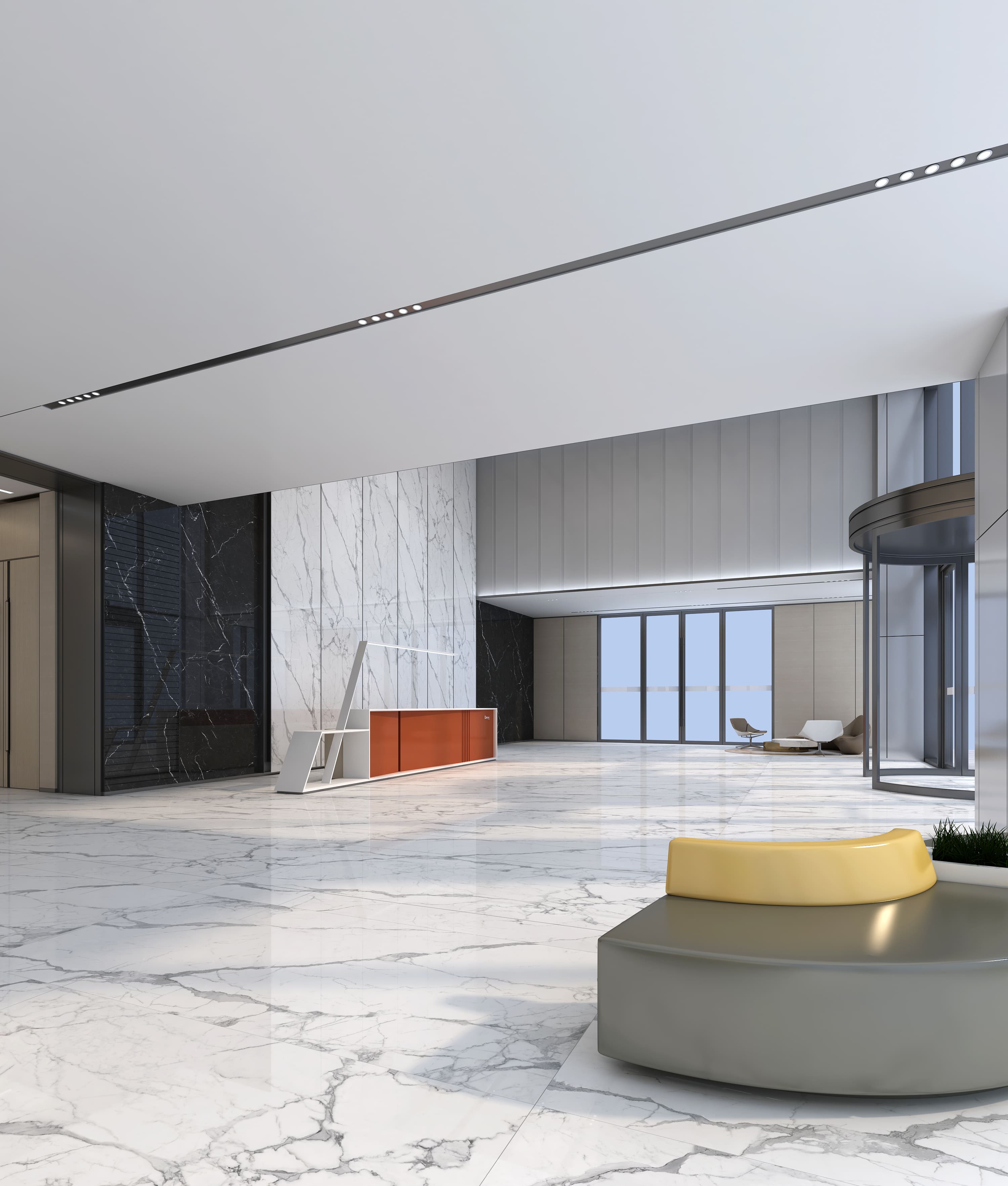low silica
**Rethinking Low Silica Regulations in the Artificial Stone Market**
In 2024, Australia implemented clear measures prohibiting artificial stone containing over 1% silica from entering the country. Only low silica or zero-silica products are permitted.
This means that artificial quartz stone from around the world, which typically contains over 80% silica, is now restricted.
As a result, many quartz stone manufacturers have developed a new product called glass-based engineered stone, which replaces traditional quartz sand and powder with glass, a non-crystalline silica.
This aligns with Australia's regulations, as the market prohibits any artificial stone with more than 1% crystalline silica.
Over the past few months, glass-based materials have begun to flood the Australian market.
The main reason for Australia's ban on artificial quartz stone is the risk of silicosis, a serious lung disease caused by inhaling silica dust.
This dust can accumulate in the lungs and lead to health problems, much like pneumoconiosis, which can also be triggered by exposure to marble or granite dust.
Many workers in the natural stone processing industry suffer from these conditions due to inadequate protective measures in their work environments, which allow dust to enter their lungs.

**Understanding the Real Issue: Protective Measures, Not the Material Itself**
It’s crucial to understand that both silicosis and pneumoconiosis primarily result from a lack of proper safety precautions when processing stone.
Workers should wear high-quality masks and work in well-ventilated environments with effective dust extraction systems.
For instance, wet cutting methods are preferable to dry cutting, as they significantly reduce airborne dust.
Simply banning materials like quartz doesn't address the root of the problem—it's the handling process that needs to be safer.
If we tell our children that pneumoconiosis is the fault of the stone industry—suggesting an outright ban on stone—they might rightly question this logic.
Stone has been widely used for many years; how can it be to blame?
Similarly, if workers in stone processing plants develop silicosis, we shouldn’t vilify quartz stone itself.
Instead, we should focus on enhancing protective measures for workers, ensuring they wear masks and that robust dust extraction equipment is installed in processing facilities.
Improving workplace conditions and enforcing stricter safety standards would directly address the issue at hand, without putting entire industries at risk of being shut down.
**International Perspectives: Different Approaches, Different Outcomes**
Recently, I read an article stating that UK market regulators do not plan to ban any stone materials but will instead strengthen safety oversight in stone processing plants.
They will require better dust control and protective measures for workers.
My immediate reaction was, "That’s the right approach!"
It addresses the core issue—worker safety—without resorting to outright bans that might stifle innovation or create economic challenges for manufacturers.
I’ve noticed similar sentiments in reports from the US market, where the emphasis is on improved working conditions rather than banning products outright.
This approach raises an interesting question for Australian policymakers: could alternative strategies be more effective?
By focusing on stricter safety protocols rather than bans, they could potentially achieve better results in protecting workers while maintaining a more open market for a variety of engineered stone products.
In fact, even if a stone processing plant is cutting zero-silica stone products, inadequate safety measures still put workers at risk of contracting other lung diseases, such as pneumoconiosis.
Dust from materials like marble or granite—or even ceramic tiles—can also pose significant threats to lung health.
**Market Shifts: The Cost of Compliance and the Reality of Demand**
While some factories supply low-silica or zero-silica artificial stones, it seems that only importers in Australia are interested in zero-silica options.
Other countries seem less inclined to invest in zero-silica materials, as they come at a higher cost than standard quartz stone.
This cost difference is a crucial factor—manufacturers who invest in producing zero-silica products must find markets that value and can afford these alternatives.
Outside of Australia, demand for low-silica and zero-silica materials remains limited.
For many buyers, the deciding factor is still price.
Consumers tend to favor products that offer the best balance between affordability and quality, which means that more expensive low silica options may struggle to gain traction in these markets.
This economic reality suggests that while new materials may find a niche market in Australia, their broader adoption could prove challenging.
**Looking Ahead: A Balance Between Safety and Economic Viability**
Personally, I believe that the market for traditional artificial quartz stone will persist, perhaps not in Australia but certainly in other countries.
The challenge lies in finding a balance where worker safety is ensured without placing unnecessary burdens on manufacturers and consumers.
For instance, should global stone markets shift towards adopting better safety equipment and protocols, perhaps fewer regions would see the need to impose outright bans like Australia's.
This would allow for a more balanced market where both traditional and innovative materials can coexist.
However, I find it challenging to predict a surge in demand for low-silica and zero-silica products elsewhere, as consumers typically prioritize cost and quality.
 statuario sintered stone
statuario sintered stone**What Do You Think?**
I wonder if the policymakers in Australia are considering these different angles.
Could a focus on safety measures offer a more balanced solution than an outright ban?
And as a reader, how do you see the future of this industry?
Would you support stricter safety protocols or a shift towards entirely new materials?
I’d love to hear your thoughts and engage in this important discussion.